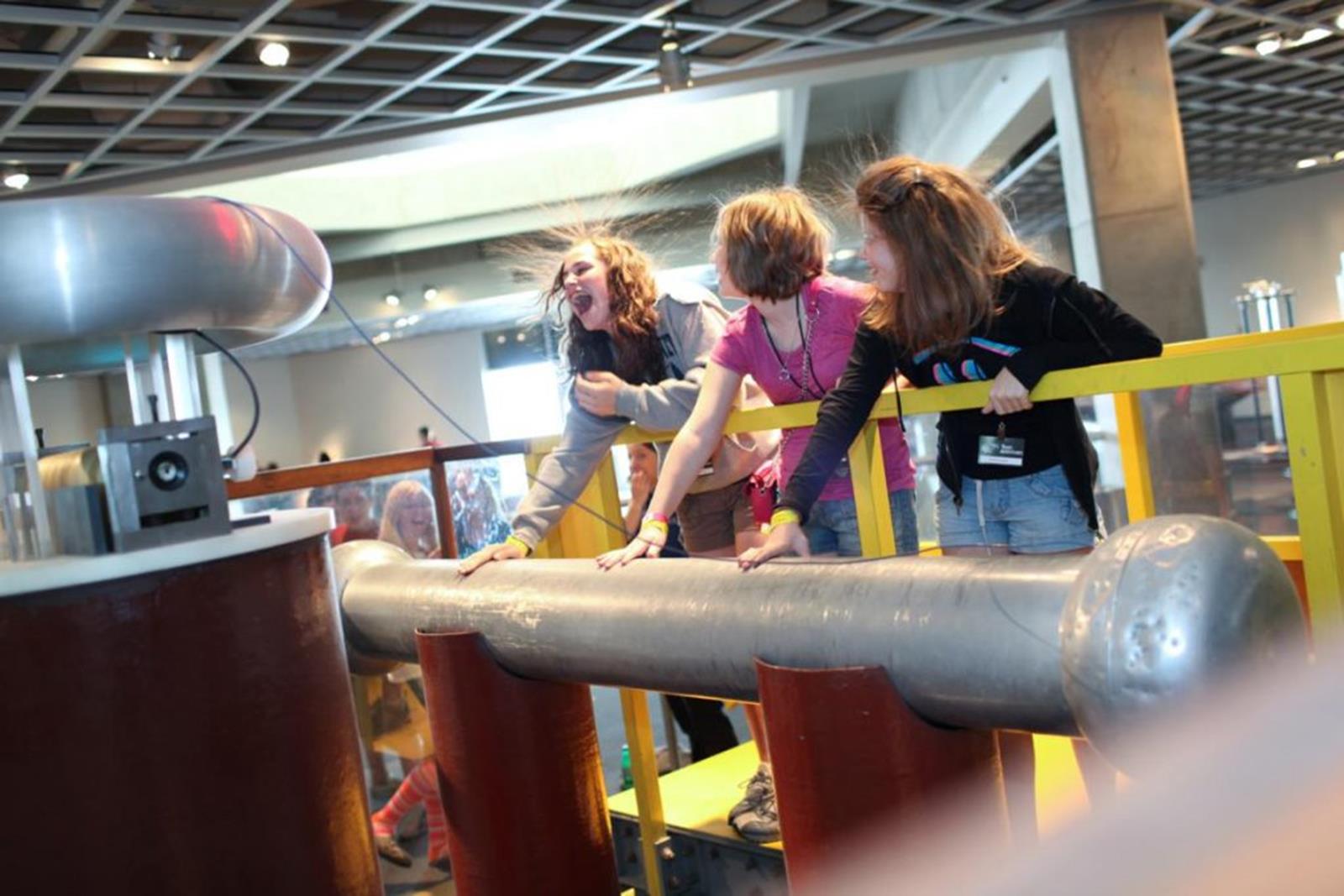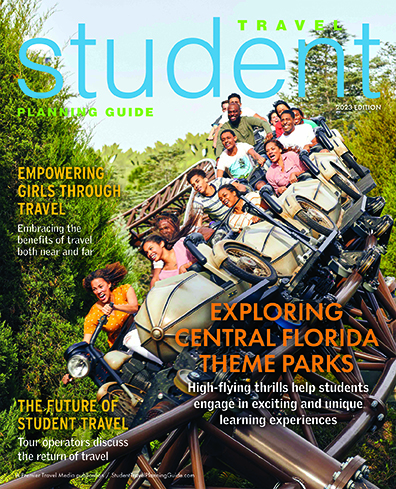Museums & Zoos
Science, technology, engineering and math come together in interactive exhibits and demonstrations at the Great Lakes Science Center. Students can travel through space at the NASA Glenn Visitor Center, get hands-on with design and engineering in the Cleveland Creates Zone, or engage with an augmented reality sandbox. From May through September, groups can learn about life on a Great Lakes freighter aboard the William G. Mather Steamship. The center’s signature showcase is the NASA Glenn Visitor Center. Fascinating galleries, interactive exhibits, interesting artifacts and stunning NASA media populate a space where students can see an Apollo Command Module, experience a multimedia trip through space history observe a space rock retrieved by the Apollo 15 crew. Other science phenomena exhibits allow guests to investigate electricity, magnetism, light, optics, motion and mechanics. The BioMedTech gallery shows how genomics, stem cells, prosthetics and medical imaging work. Live science demonstrations feature explosions, rockets, electric shocks and more.

Credit: Great Lakes Science Center
Located inside the FirstEnergy Powerhouse, a late 19th century landmark that generated electric power for Cleveland’s streetcar lines, the Greater Cleveland Aquarium offers a unique setting to learn about life under the sea. Students can get a hands-on learning experience with two interactive touch pools (one with stingrays and one with invertebrates), ask questions of deep-sea divers as they swim alongside sharks, stingrays and moray eels in a 230,000-gallon SeaTube and learn about water quality with experiments in one of the lab classes.

Credit: Greater Cleveland Aquarium
Red foxes, bald eagles and great horned owls populate the campus of the Lake Erie Nature & Science Center, which also houses a planetarium, turtle showcase exhibit and pond flush with native wildlife. The center’s “Wildlife in Ohio” program teaches students how to classify mineral specimens, identify Great Lakes wildlife and the wonders of astronomy in the Walter R. Schuele Planetarium. Teachers can prepare their students ahead of time with comprehensive lesson plans that cover physics, astronomy, biology and geology.

Credit: Cleveland Metroparks Zoo
Divided into bio-thematic areas that represent the global animal community, Cleveland Metroparks Zoo is filled with exhibits and animal encounters that will keep students engaged all day. Themed areas include the RainForest (a massive simulation of tropical environments that contains over 10,000 plants), the African Savannah (where students can spot lions, zebras and flamingos) and Australian Adventure (home to kangaroos, koalas and wallabies).
Universities & Academia
One of America’s densest concentration of museums and cultural attractions in the world, University Circle is a beautiful neighborhood surrounding Case Western Reserve University—a world-class campus that has welcomed 17 Nobel laureates. With advanced planning, student groups can learn about the campus’ acclaimed biomedical program and relationship with the world-renowned Cleveland Clinic nearby. The university also hosts summer camps operated by iD Tech, which encourages students to discover coding, artificial intelligence, robotics and game design to develop skills required by Cleveland companies like Bosch, Squish Studios, CodeRed and TinyCircuits.

Case Western Reserve University
The Crawford Auto-Aviation Museum of the Western Reserve Historical Society, not far from campus, pays tribute to Cleveland and the surrounding region’s role in the development of the transportation industry. Getting a glimpse of the automobile at different stages of progress gives students a crash course in engineering, science and technology in the automotive industry.
Nature/Outdoor Activities
The Cleveland Botanical Garden, a converted boathouse located in the heart of the University Circle neighborhood, is an ideal field trip stop for students interested in biology and nature. A colorful haven with several plants, you will see ornamental trees, shrubs, and hardy perennials. The garden has seasonal plants including brilliant bulbs in spring, beautiful annuals in summer, and extravagantly colored fall foliage. The garden’s centerpiece is the Eleanor Armstrong Smith Glasshouse, a massive 17,000-square-foot space that is split into two distinct biomes: the cloud forest of Costa Rica and spiny desert of Madagascar. STEM-centric activities the garden hosts for students include “Plant Parts,” (where students learn about plant parts and their functions in the Glasshouse), “Dissecting Pollination” (participants the reproductive structures of a flower through a guided dissection) and “Symbiotic Relationships” (which explores the complex examples of mutualism, commensalism, and parasitism).

Cleveland Botanical Gardens: Credit Destination Cleveland
Cedar Point, the world-famous theme park just west of Cleveland in the lakeside city of Sandusky, boasts more than thrills and spills. Through the parks student and youth programs, the park transforms into a state-of-the-art classroom that reveals the physics of roller coasters and sophisticated systems behind some of the world’s most extreme thrill rides. Hosted throughout the spring, the park’s Education Days welcome students to speak with engineering professionals and explore the park with supplemental materials.

Cedar Point
Engineering Day explores the logistics of theme park construction and invites students to understand the detailed mechanics behind the Top Thrill Dragster, while Physics, Science & Math Days allow visitors to see how force, energy and motion dictate the design of roller coasters and flume rides.






